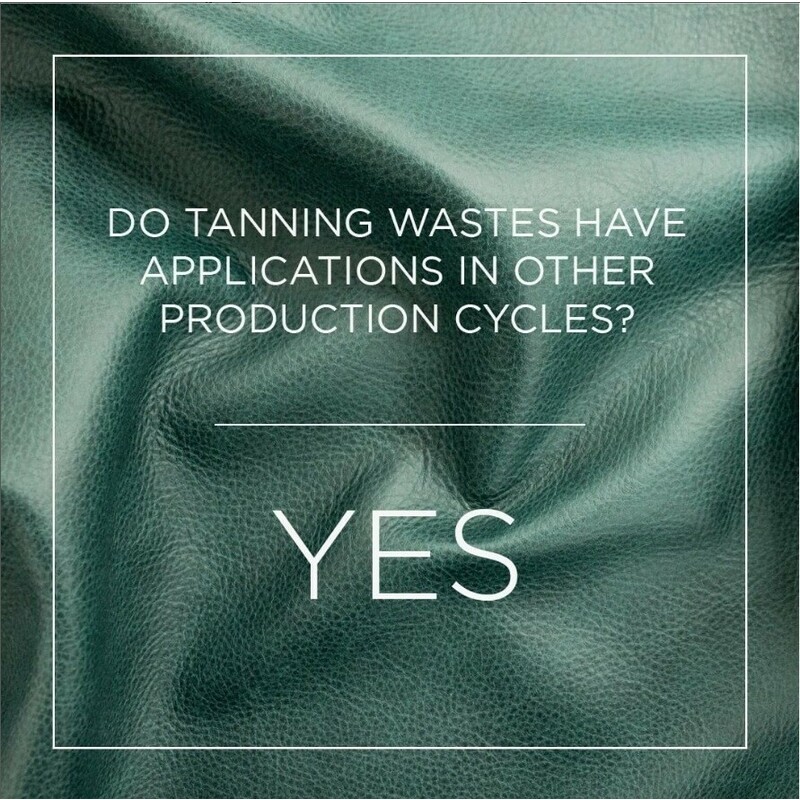
#LeatherTips
I valori e le verità sulla pelle.
Il mondo della pelle è affascinante e pieno di segreti, ma circolano anche alcuni pregiudizi.
Questa sezione nasce proprio con lo scopo di fare informazione di qualità, diffondere il valore della pelle e raccontare le incredibili proprietà di un materiale così pregiato.
Ecco perché siamo membri di Leather Naturally, un’associazione no-profit che ha lo scopo di divulgare le curiosità del nostro settore, promuovere la bellezza naturale e sostenibile della pelle, ispirare designer e professionisti.

Exactly two years ago, the use of the term leather was regulated by a special decree.
Since then, no material other than leather can use the same name in Italy.This is a milestone for those who strive every day to ensure the quality of this unique material.

From the agricultural industry to the cosmetics industry:
The waste material produced by the production waste of tanneries has multiple uses. Organic biomass is transformed into hydrolysates, useful substances that are an important element in this circular economy process. Read more about the sustainability report @unicitalia 2021.

UNIC, ICEC and WWF have joined forces
And they will work together to make the processes of the tanning industry even more sustainable.How? By committing to a programme of initiatives aimed at enhancing ESG (Environmental, Social, Governance) practices.Source: @laconceria

Modern leather-working companies do not use mercury, arsenic, phenol or formaldehyde.
Today, major leather producers must demonstrate that they comply with all the main regulations on the subject such asEU-REACH and the ZDHC, which contains a list of prohibited substances called MRSLs.Source: @leather_naturally

Did you know that, thanks to tanning, 750,000 tonnes of CO2 emissions are saved every year?
This is the amount of carbon dioxide that would be produced by disposing of 33 million skins, the amount that is recycled every year in the USA alone, starting from the waste from the food industry.Source: @laconceria
